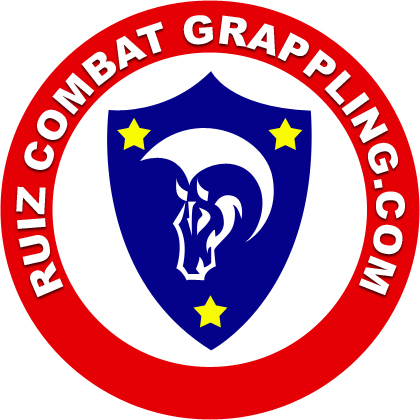 Problem solving in the world final.
Problem solving in the world final. Unfortunately there are times when an athlete loses to an opponent that they should not lose to. Coaches often say “he falls apart mentally,” or “It’s all in his head”. It is often in fact, not all in his head. The reason that it is not all in the athlete’s head is because the coach hasn’t put it all in there. There are often pieces of the puzzle missing and coaches need to understand this and correct it.
Athletes often have more techniques than they know what to do with, in consequence they don’t do. They are often unsure of the logical next step of the match. This has been the downfall of many a potentially great athlete. Techniques are great but one size doesn’t always fit.
Conditioning is required however on its own it gets wasted and misused. If it
is undirected it can be a double edged sword. Athletes make mistakes of being
over aggressive and forcing offense. Coaches and athletes alike are
willing to work hard and push it physically. They often miss one of the most
important pieces of the competition puzzle, Problem Solving.
The number one skill that must be developed to be a successful wrestler is
problem solving. Too often coaches and athletes forget that the sport of
wrestling is one of physical problem solving. I have never had a coach that sat
me down and explained that to me. They never explained here is how the match
starts, here is what happens next, here is what happens after that, here is how
it can end, here are options for a, b, c.
Never. Not one. Most likely because no one explained it to them. In fact I
can almost guarantee it. I did have coaches that showed me their favorite
techniques, the techniques they knew, the best techniques of the day etc.
Obviously it served me pretty well over the years but it leaves that same
problem, how to solve new and dynamic problems that come at you at extreme
speeds.
As I’ve coached my wrestling club athletes and others I’ve made efforts to
pick up where others left off or missed completely. I figure if we talk about
wrestling and the grappling arts in general as being 90% mental why don’t we
actually train that way? Why do we spend so much time improving our physical
attributes while our mind and problem solving muscles get the day off?
When athletes join my club they get exposed to next level thinking. I ask
questions and make them come up with solutions. We walk through slow motion
matches and scenarios. I show them how a match should play out under xyz
circumstances.
I help my athletes understand there is more to wrestling than just a
hodge-podge of techniques. For many of them it has brought great breakthroughs
in their development that they were unable to find elsewhere. We often talk
through situations and scenarios involving the score and how points were created
and then what is the best choice of position and the reasoning behind it. I’ve
had the good fortune to have trained under Olympic champions and they never
taught in the way that I’m describing.
What I ultimately want an athlete to achieve is a higher level of problem
solving. I want them to be able to look at the game differently from a 10,000
feet view. This helps them gain a greater appreciation of the skills they do
have while learning more about how they can personally have success. This is
ultimately how true confidence, or self trust, is developed. Athletes cannot
truly be confident without a greater perspective and understanding of what it is
they are to accomplish and how to do so.
Take a look at your current training and outlook towards competition and
determine how you can become a better problem solver. As you develop solutions
you will ultimately have more success as an athlete or coach. Start small by
taking the first 5-10 minutes of your technical training and devote it to coming
up with “What if…” questions and solutions. Some simple questions worth
considering are:
If you’re taken down in the first period and ridden for the rest of it
without giving up near fall points what is the best option if given your choice
of position in the second period and why?
How would you comeback from a 3 point deficit starting the third period?
What would you do to counter a single leg?
What if you were up by 1 with 30 seconds left? How do you proceed?
These are simple questions and you may already have worked on a few or some
similar to them. As you get more comfortable you can start asking more detailed
and tougher questions like these:
What if you’re opponent has just taken you down and gained near fall and
you’re now down by 4 points. You have not scored from the feet but you were able
to control him on top from a reversal you scored in the second period. Where
would you most likely be able to score points next? How can you bring back the
points to even and either; win or put it into overtime?
What if you’ve just scored a takedown with 30 seconds left to tie the score.
Letting your opponent up would mean that he gains 1 point but if you take
him down you can win now. If you can ride for 30 seconds you can put it
into overtime and have a chance to win in overtime. What do you do? How will you do it? What are the potential risks and potential rewards? Which option gives you the
best chance of winning according to your own skill set?
As you begin to add more detail and insert personal strengths and limitations
you begin to see the problem more clearly and a more realistic and attainable
solution begins to present itself. This is how real and lasting confidence is
developed and this is how champions are made. If you do this I can guarantee
that you’ll start having much more success than you are now.





 RSS Feed
RSS Feed

